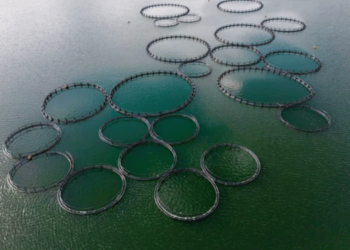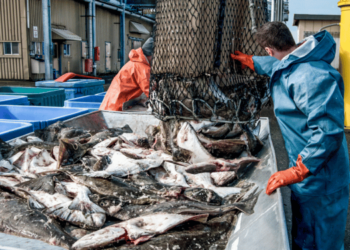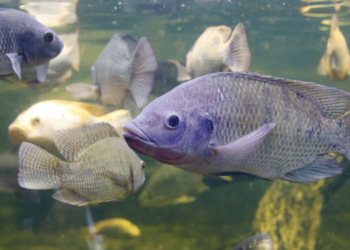Seafood. Improving communication to cope with falling consumption – All the world’s a country’ and, everywhere, there is a need to communicate better and more about all the positive aspects of fish consumption. This need was highlighted in Spain during the 24th AECOC Seafood Congress. During the event it emerged that, throughout the Iberian Peninsula, demand for fresh fish and seafood has fallen significantly, with a 1.7% decrease in the last year. This scenario revealed the need to identify an effective communication strategy to reverse the negative trend and promote the benefits of fish consumption.
According to data presented by the consultancy firm NIQ, 814 million kg of fresh fish and seafood will be consumed in Spain in 2023, with fresh fish accounting for 70% of the total volume invoiced by the sector. The main consumption categories include crustaceans, salmon, sardines, anchovies and cephalopods. Despite the general decline, consumption of salmon, cod and sea bass increased by 1.1% and 0.6% respectively.
During the conference, it emerged that the stabilisation of the average price has favoured the development of frozen products, which are becoming increasingly popular substitutes for fresh products. However, one of the crucial points that emerged was the need to improve communication in order to cope with the drop in consumption and to better valorise the entire sector.
Improving communication
Among the communication strategies identified was the promotion of actions in favour of the environment and sustainability, but the need to adopt strategies to make prices more affordable and to adapt to consumer demands and tastes also emerged. Communication was recognised as a key lever to improve the perception of the value of fish and seafood among consumers. It therefore becomes important to understand and address the challenges of climate change, globalisation and the continuing evolution of the seafood industry.
Seafood. Improving communication to cope with falling consumption









